Embarking on a vegan lifestyle might seem daunting initially, but it can be an enriching and healthful journey with the right approach. Switching to a vegan diet involves more than eliminating animal products; it offers a chance to discover a wide variety of plant-based foods and can positively impact your health, the environment, and animal welfare. Understanding the basics of vegan nutrition is critical, ensuring you get all the essential nutrients your body needs to thrive.
Getting started with veganism means being prepared. Shopping for a vegan diet can be as simple as selecting from the abundant fruits, vegetables, grains, legumes, nuts, and seeds available at your local market. Remember, you don’t have to give up flavor or satisfaction; countless vegan substitutes for everyday foods are at your fingertips. And when it comes to meal ideas, it’s easier than you might think, with many easy vegan recipes to choose from that can help balance your plate and satisfy your tastebuds.
Transition to a vegan lifestyle gradually, allowing yourself time to adjust and explore new flavors and cooking methods. Dealing with challenges is part of the process, so arm yourself with knowledge to address misconceptions about veganism. As you progress, focus on making your plant-based journey sustainable and enjoyable, always aiming for a balanced and nutrient-rich diet.
Key Takeaways
- Embrace the variety of plant-based foods and their benefits for health and environment.
- Be prepared and willing to explore new foods and cooking methods.
- Address challenges with knowledge to make veganism a sustainable lifestyle choice.
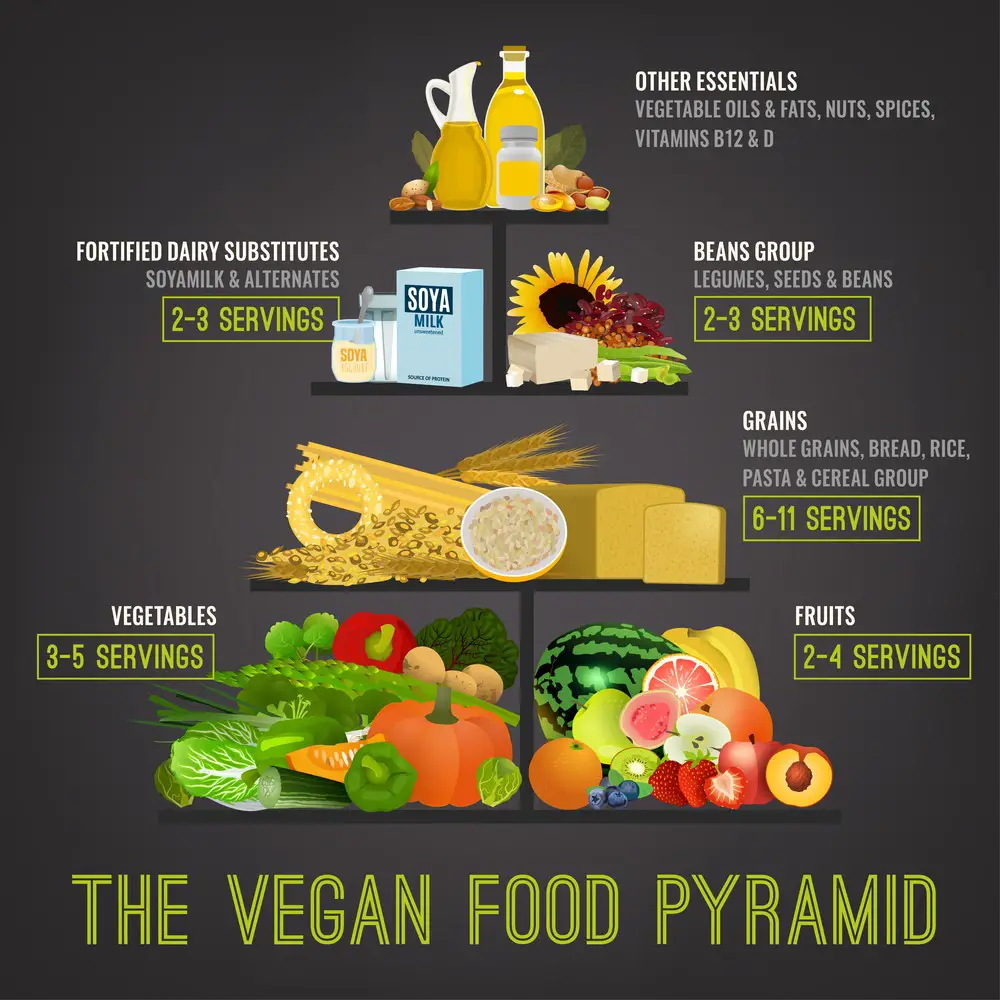
Vegan Diet Basics
Transitioning to a vegan diet means swapping out animal products for plant-based alternatives. Your new menu will contain fruits, vegetables, legumes, whole grains, nuts, and seeds. It’s an exciting change that can be packed with flavor and health benefits!
Nutrition:
A plant-based diet provides a plethora of nutrients. However, it’s crucial to ensure you’re getting enough protein, which is vital for your body’s functions. Legumes, tofu, tempeh, and seitan are great protein sources. Including a variety of these will keep your meals exciting and nutritious.
Fat:
Don’t shy away from fat! Avocados, nuts, and seeds offer healthy fats and help absorb fat-soluble vitamins like A, D, E, and K.
Vitamins and Minerals:
While fruits and veggies are superstars for vitamins and minerals, be mindful of less abundant nutrients in a vegan diet. Vitamin B12, often found in animal products, should be obtained through fortified foods or supplements. Similarly, sources of calcium and iron should be a regular part of your diet—think leafy greens and fortified plant milks.
Whole Grains and Fiber:
Whole grains are your friends—they’re packed with fiber and can help keep your digestive system running smoothly.
Supplements:
It’s wise to discuss supplements with a dietitian. They can help you figure out what you may need, like vitamin D or omega-3 fatty acids from algae.
Fortified Foods:
Look for plant milk and cereals that have added vitamins and minerals. These can help prevent nutrient deficiencies often associated with a vegan diet.
Consult a Dietitian:
If you’re unsure about your diet, consulting with a dietitian can provide personalized advice tailored to your needs.
Key takeaway: Embrace variety in your vegan diet for a spectrum of nutrients, and consult a dietitian if you want guidance.
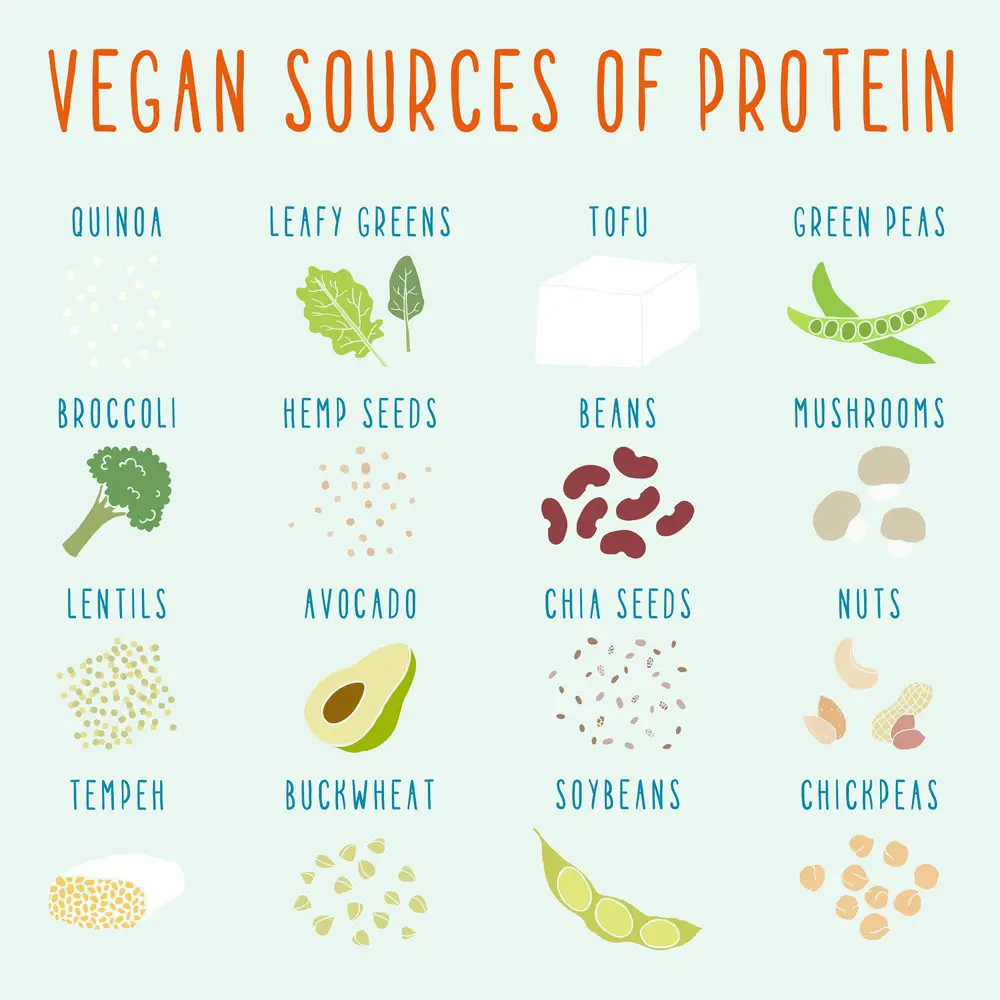 Getting Started with Veganism
Getting Started with Veganism
Embarking on a vegan lifestyle is an exciting journey towards compassionate and healthy living. Here’s a simple guide to help you begin with confidence.
Diet Planning
Start by outlining your meals for the week. Incorporate a variety of plant-based foods, ensuring you get all essential nutrients. A balanced vegan diet should include:
- Fruits and vegetables
- Whole grains
- Legumes
- Nuts and seeds
Shopping Smart
When you’re shopping, focus on fresh produce and whole foods. Read labels to avoid animal-derived ingredients. If you’re unsure, apps and online resources can guide you.
Easy Swaps
Replace dairy milk with almond, soy, or oat milk. Use lentils or chickpeas as a substitute for meat in recipes. Experiment with tofu and tempeh for diversity.
Finding Vegan Food
Discovering new vegan food is part of the fun. Explore local markets and health food stores. Online groups can suggest delicious recipes and vegan-friendly restaurants.
Seeking Support
It’s okay to ask for help. Joining a membership group like Veganuary can provide guidance and community support to bolster your vegan journey.
Key Takeaway: Transitioning to a vegan lifestyle is a process. Introduce changes gradually, learn as you go, and don’t hesitate to seek support from the vegan community.
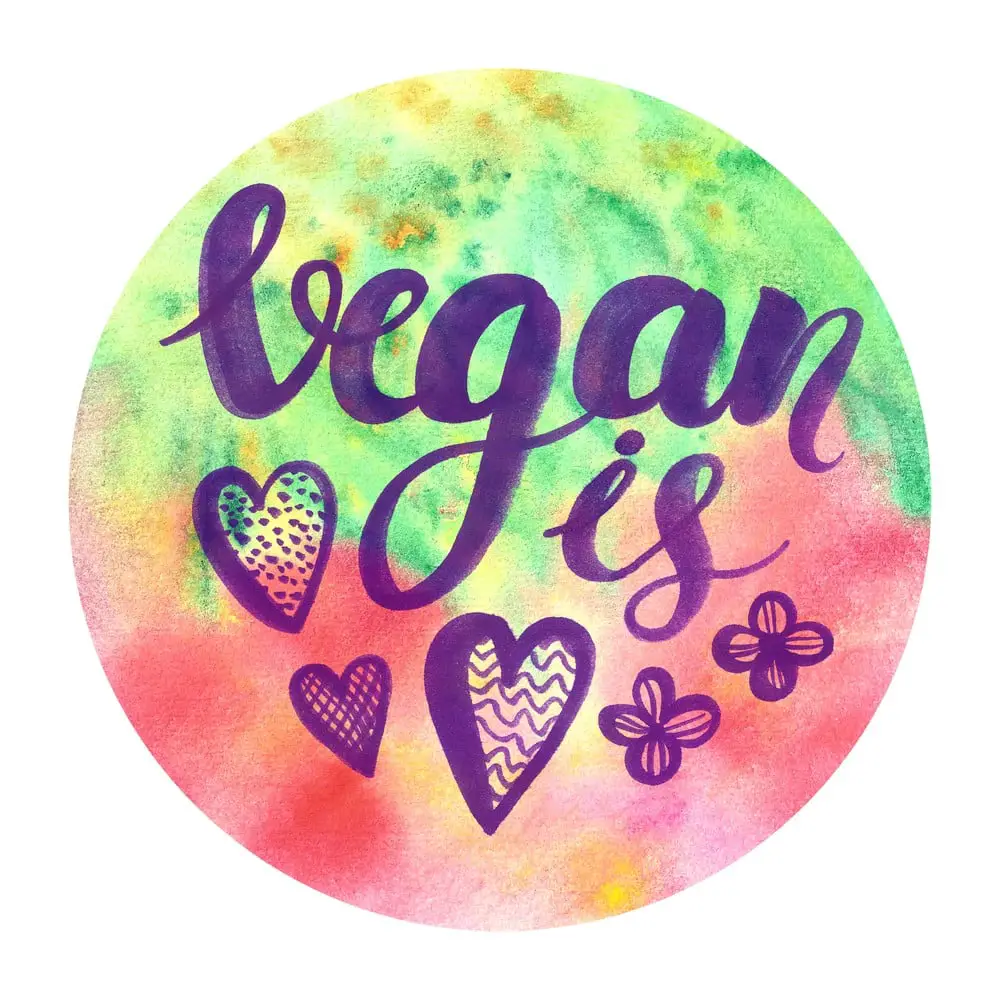 Shopping Tips and Tricks
Shopping Tips and Tricks
Shopping can be a breeze with some know-how when embarking on your vegan journey. First up, plant-based foods are your new best friends. To keep your pantry and fridge happy, you’ll want to include a variety of fruits, vegetables, legumes, nuts, seeds, tofu, tempeh, and vegan cheese.
Before you hit the store, create a grocery list tailored to your needs. This list isn’t just a bunch of items to remember; it’s your roadmap to a successful shop. Stick to it to avoid impulsive buys that wreak havoc on your budget.
Here’s a simple breakdown to get you started:
- Fruits & Vegetables: Apples, bananas, leafy greens, and seasonal items for freshness and savings.
- Legumes: Chickpeas, lentils, and beans – canned or dry for convenience and variety.
- Nuts & Seeds: Almonds, chia seeds, and flaxseeds for snacks and nutrient boosts.
- Protein Powerhouses: Tofu and tempeh – versatile for any dish.
- Cheese Alternatives: Look for nutritional yeast or store-bought vegan cheese to satisfy those cheesy cravings.
For your wallet’s sake, focus on bulk buying when it comes to staples like rice, oats, and legumes. You’ll get more bang for your buck and always have essentials. Also, keep an eye out for store brands, as they often offer similar quality at a fraction of the cost.
Accessibility is key, so check out local markets, health food stores, and online retailers to find the best deals on your go-to vegan items. And remember, transitioning to a vegan lifestyle isn’t just about what you buy but where you shop.
Key takeaway: A thought-out grocery list and smart shopping habits will make your vegan transition smooth and cost-effective.

Understanding Plant-Based Nutrition
When you switch to a vegan diet, getting adequate nutrition is key. Your body still requires proteins, fats, carbohydrates, and various micronutrients to function optimally. Let’s break it down, shall we?
Protein is essential for muscle repair and immune function. You can meet your protein needs with plant-based sources like:
- Lentils
- Chickpeas
- Tofu
- Quinoa
For fats, focus on the unsaturated kind found in:
- Avocado
- Nuts
- Seeds
- Olive oil
Carbohydrates are your body’s main energy source, and whole grains and vegetables are great. Don’t forget about fiber; it’s crucial for digestive health. Foods high in fiber include:
- Beans
- Berries
- Oats
- Broccoli
Your body still craves vitamins and minerals; a vegan diet can cover most bases. However, there are a few nutrients you’ll want to pay extra attention to:
- Vitamin B12: vital for nerve health, typically found only in animal products. Consider fortified foods or a supplement.
- Iron: crucial for blood health, available in two forms, heme and non-heme. Plants only have non-heme iron, which is less readily absorbed, so pair iron-rich foods like spinach with vitamin C-rich foods like oranges to boost uptake.
- Calcium: needed for strong bones, found in fortified plant milks and leafy greens.
- Zinc: essential for metabolism and immune function, found in nuts and seeds.
- Vitamin D: get your dose of the sunshine vitamin from fortified foods or supplements, especially in winter.
- Omega-3 fats: for heart health, found in flaxseeds and walnuts.
- Iodine: integral for thyroid function, often found in seaweed or iodized salt.
Unlike animal products, plant-based foods don’t contain dietary cholesterol, a plus for heart health. And while calorie counting is not always necessary, be aware of your energy needs and adjust your intake accordingly.
Remember, it’s not just about cutting things out; it’s about finding new, nutritious plant-based foods you enjoy. Your body will thank you for the variety and balance. Keep exploring and enjoy the journey to great health through plant-based nutrition!
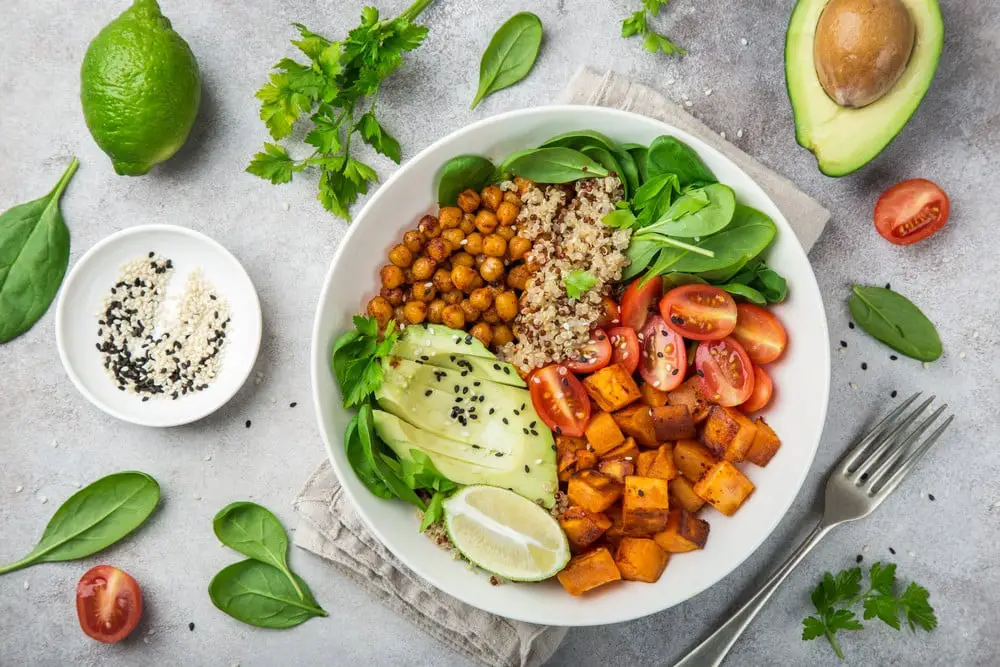
Easy Vegan Meal Ideas
Embracing a vegan lifestyle can be both exciting and novel as you explore the abundance of plant-based foods available. Let’s look at some simple yet delicious vegan meal ideas you can whip up in no time.
For breakfast, how about starting your day on a sweet note? Overnight oats with almond milk, chia seeds, and a medley of your favorite fruits, such as bananas and berries, are not just nutritious; they’re also a breeze to prepare. Just mix the ingredients the night before, leave them to soak, and voilà, a hassle-free morning meal awaits you.
Come lunchtime, a vibrant quinoa salad packed with a rainbow of vegetables delivers a punch of protein and fiber. You can toss in cucumbers, cherry tomatoes, sweet corn and top it with toasted nuts for that extra crunch. It’s both filling and refreshingly tasty—a natural midday treat!
As dinner rolls around, spaghetti aglio e olio with a twist can make your evening special. Replace the traditional pasta with a whole grain variety and sauté with garlic, olive oil, and a generous handful of spinach or kale. This simple twist keeps it hearty and green, and it’s ready before you even start missing the cheese!
For those moments when you’re on the go or need a quick bite, vegan fast food options are sprouting up everywhere. Veggie wraps, black bean burgers, or a slice of avocado toast can be super convenient and keep your energy levels up.
Don’t forget about the power of legumes! A chickpea stir-fry is easy to prepare, packed with protein, and works brilliantly with just about any vegetable. It’s the perfect example of how a few humble ingredients can transform into a spectacular meal.
Snack time? Reach for a handful of nuts, carrot sticks with hummus, or fruit slices with almond butter. These are not only tasty but also keep hunger pangs at bay and your body fueled until your next meal.
Key Takeaway: Keep it simple and colorful with fruits, vegetables, nuts, and legumes for meals that are not only easy to prepare but also bursting with flavor.
 Balancing Your Vegan Plate
Balancing Your Vegan Plate
Creating a harmonious vegan plate is like painting with the vibrant colors of plant-based foods. Your palette should be varied to ensure you’re getting all the essential nutrients your body craves.
Start by envisioning your plate divided into quarters. One quarter is for proteins, like beans, lentils, tofu, and tempeh. These powerhouses fuel your muscles and aid in repair. Nuts and seeds can also sprinkle additional protein into your meals.
Another quarter of your plate should be dedicated to whole grains such as brown rice, quinoa, or whole-wheat pasta. These are not just filler; they’re your energy-providing friends, rich in fiber that keeps your digestive system happy.
Half of your plate—that’s right, half—should be a lively mix of vegetables and fruits. They’re your primary source of vitamins and minerals. Here, color is your clue; a rainbow on your plate means a wealth of nutrients. Dark leafy greens, bright bell peppers, and juicy berries contribute something unique.
- Fats are essential, too, so don’t skimp on them. Avocado, olive oil, and flaxseeds provide the kind you need for optimum health.
Now, let’s chat about some specifics:
- Vitamin B12 is a must-have, so seek fortified foods or a quality supplement.
- For iron, opt for spinach, lentils, and chickpeas, pair them with vitamin C-rich foods to boost absorption.
- Calcium can be found in fortified plant milk, tahini, and leafy greens.
Key Takeaway: Balance is the secret to thriving on a vegan diet. Nail this, and you’ll enjoy a bounty of flavors while giving your body the diversity of nutrients it needs to thrive. Remember to check in with a healthcare provider for personalized advice to ensure this colorful adventure goes smoothly. Happy eating!
 Vegan Substitutes for Everyday Foods
Vegan Substitutes for Everyday Foods
Transitioning to a vegan diet doesn’t mean you must give up on the flavors or textures you love. Here’s a helpful list of plant-based alternatives for common animal products.
Milk: Plant-based milks are abundant. You can choose from:
- Almond milk
- Soy milk
- Oat milk
- Coconut milk
- Rice milk
Each has a unique taste and nutrient profile, so you might want to try a few to find your favorite.
Eggs: For baking, consider these substitutes:
- Flaxseed or chia seeds mixed with water
- Applesauce
- Mashed bananas
- Store-bought egg replacers
Tofu is your go-to for a texture remarkably close to scrambled eggs when scrambling.
Cheese: Vegan cheese options have expanded phenomenally. They’re made from:
- Nuts (cashews, almonds)
- Soy
- Root vegetables
- Different oils
Nutritional yeast is also famous for its cheesy, nutty flavor. Sprinkle it on your food for an extra savory kick.
Meat: The world of meat substitutes is vast. Here are some common ones:
- Tempeh
- Seitan
- Lentils
- Beans
- Textured vegetable protein (TVP)
- Plant-based meat brands
These can mimic everything from ground beef to chicken strips.
Other Animal Products:
- Dairy: Besides milk, look for vegan butter, ice cream, and yogurt.
- Honey: Alternatives include maple syrup, agave nectar, and date syrup.
- Gelatin: Agar-agar and pectin are fantastic for setting your desserts.
Remember, adapting to new flavors and textures might take time, but many find the exploration exciting. Keep an open mind, and you’ll soon have a roster of go-to vegan substitutes that fit seamlessly into your meals.
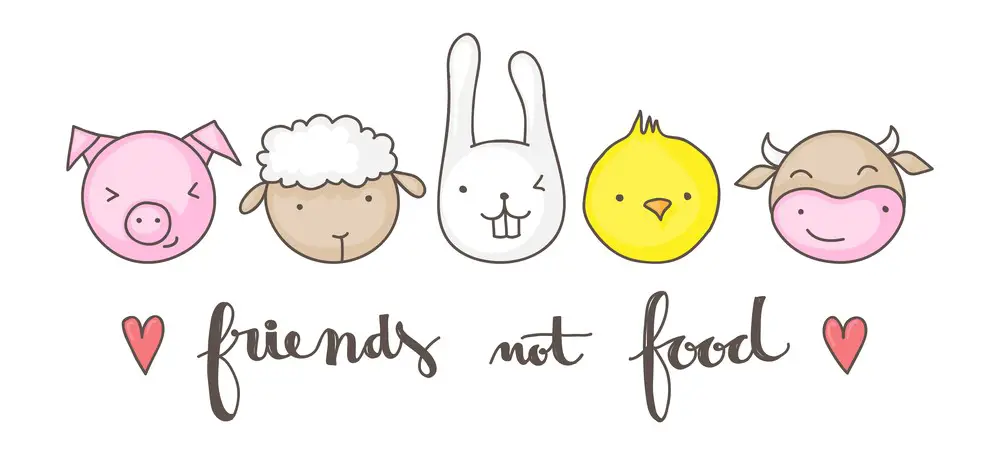 Transitioning to a Vegan Lifestyle
Transitioning to a Vegan Lifestyle
Embarking on a vegan lifestyle is about embracing a compassionate way of living that seeks to exclude all forms of animal exploitation and cruelty. Whether your motivation stems from ethical choices, concern for animal welfare, environmental impact, or health reasons, the journey to a vegan lifestyle requires thoughtful preparation in a non-vegan world.
Understand Your ‘Why’
Consider deeply why you’re choosing this path. Is it:
- Ethical choices: Opposing animal suffering.
- Environmental impact: Reducing your carbon footprint.
- Animal welfare: Preventing animal exploitation.
Educating Yourself
- Read up on veganism.
- Watch documentaries.
- Connect with the vegan community for support and resources.
In Your Kitchen
- Gradually replace animal products with plant-based alternatives.
- Explore vegan recipes. Here’s an excellent place to start: Vegan Recipes.
- Check labels for hidden animal-derived ingredients.
Social Aspects
- Discuss your decision with family and friends.
- Find or start a local support group.
- Engage in vegan activism to raise awareness.
Eating Out and Social Events
- Research vegan-friendly restaurants.
- Offer to bring a vegan dish to shared meals.
- Be prepared with answers about your lifestyle choice.
Key Takeaway: Start slow and steady, integrating changes at your own pace. Find community support and continue learning to enrich your vegan journey.
Health and Wellness on a Vegan Diet
Transitioning to a vegan diet can greatly benefit your health and wellness. It’s all about choosing the right foods and ensuring you get all the nutrients your body craves.
Nutritional Balance
Just like any diet, balance is key. You’ll want to consult with a dietitian to plan meals rich in vitamins, minerals, and proteins. Commons sources include:
- Legumes
- Whole grains
- Nuts and seeds
- Fruits and vegetables
Heart Health
A vegan diet is often low in cholesterol and saturated fats, ingredients typically found in animal products that can affect your heart. Research shows that vegans may have a lower risk of heart disease. High-fiber foods, a staple in vegan diets, also help keep your blood sugar levels stable.
- Body Weight: Shifting to plant-based meals may help maintain or lose weight due to lower calorie intake and more fiber.
Diabetes Management
By managing your carbs and overall food intake, you might improve your blood sugar control, which is beneficial if you manage diabetes.
Gut Health
A diet high in fruits, vegetables, and whole grains can promote a healthy digestive system. You’re feeding the good bacteria in your gut with all that plant-based fiber!
Sleep and Mood
The food you eat can also impact how you sleep and feel. A well-planned vegan diet, rich in essential nutrients, can contribute to better sleep quality and mood stability.
Supplementation might be necessary for nutrients primarily found in animal products, such as B12, iron, and omega-3 fatty acids.
Key Takeaway: Embrace variety and balance on your plate, and consider professional advice to ensure your vegan journey is healthful and enjoyable.
Dealing with Challenges and Misconceptions
Transitioning to a vegan lifestyle can bring about challenges and misconceptions you’ll likely encounter. Understanding and addressing these can make your journey smoother.
Myths and Misconceptions: One common myth is that vegans suffer from protein deficiency. The truth is, that plenty of plant-based sources are rich in protein, like lentils, chickpeas, and quinoa. Focus on variety to meet your nutritional needs.
Social Pressures: You might face questions or concerns about your dietary choices at social gatherings. It’s helpful to briefly explain your reasons for going vegan and remember that it’s okay to set boundaries regarding your diet.
Eating Out: Locating vegan options at restaurants used to be difficult, but it’s becoming easier. You can look up vegan-friendly spots or menu items in advance. Don’t hesitate to ask the staff to modify dishes for you.
Criticisms: Being an influencer or even someone who talks about their diet often attracts criticism. Ensure your facts come from credible sources, like nutritionists or scientific studies. This approach reinforces your choices and can educate others.
- Credible Sources: Stick to information from experts and evidence-based research to counteract any myths you encounter. Websites like NutritionFacts.org can be valuable resources.
Key Takeaway: Remember you’re not alone in this. A supportive community can make all the difference in dealing with the social aspects of going vegan. Keep communication open, and maintain confidence in your choices informed by credible sources.
Making Veganism Sustainable and Enjoyable
Adopting a vegan lifestyle is about balance—it’s crucial to ensure your diet is as sustainable for the planet as it is for your health and happiness. Here are some ways to make veganism a sustainable and joyful journey:
- Start with Small Swaps: Begin by replacing familiar items. For instance, swap your morning glass of milk with refreshing orange juice or a plant-based alternative.
- Embrace Diversity: Incorporate a variety of fruits, vegetables, grains, and legumes. This not only provides a spectrum of nutrients but also keeps meals interesting.
- Get Creative in the Kitchen: Vegan cooking is a chance to explore new flavors. Use herbs and spices to add a new twist to old favorites.
- Build a Routine: Consistent meal planning and prepping can help you avoid last-minute stress and maintain a balanced diet.
- Find Your Community: Connect with local or online vegan groups. Sharing experiences and recipes can offer inspiration and support.
- Celebrate Food Culture: Veganism doesn’t mean missing out. Enjoy recreating plant-based versions of traditional dishes from various cultures.
- Practice Joyful Eating: Make mealtimes enjoyable. Savor each bite and appreciate the flavors and textures of your food.
Here’s a simple table to highlight the balance in a vegan diet:
| Nutrient | Sources |
|---|---|
| Protein | Lentils, chickpeas, tofu, and tempeh |
| Iron | Spinach, quinoa, pumpkin seeds |
| Calcium | Kale, almonds, fortified plant milk |
| Vitamin B12 | Nutritional yeast, fortified foods |
Key Takeaway: By infusing your routine with diversity, creativity, and a sense of community, you can thrive on a vegan diet and contribute to a sustainable future. Joyful eating and a well-rounded diet ensure veganism remains a pleasurable commitment.
Frequently Asked Questions
Embarking on a vegan lifestyle is a commendable decision that can enhance your health and reduce your environmental footprint. This guide addresses common inquiries and provides clear, easy-to-follow answers.
What are the initial steps to adopting a vegan lifestyle?
To kickstart your vegan journey, educate yourself about veganism’s nutritional aspects and ethical implications. Begin by phasing out meat, dairy, and eggs, and explore plant-based substitutes. Add more whole foods like fruits, vegetables, grains, and legumes to your meals. Key takeaway: Knowledge and gradual dietary changes are the foundations of a sustainable vegan lifestyle.
What does a beginner vegan shopping list typically include?
A beginner’s vegan shopping list should feature a variety of fruits, vegetables, grains like rice and quinoa, legumes such as lentils and chickpeas, nuts, seeds, and dairy alternatives such as almond milk or soy yogurt. Don’t forget nutritional essentials like fortified plant milk to ensure adequate vitamin intake.
How can I transition to a vegan diet in a gradual manner?
To slowly transition, start by designating a few days a week as vegan days or replace one meal a day with a vegan option. Gradually increase the number of vegan meals as you discover new recipes and substitutes you enjoy. Key takeaway: A slow transition allows your taste preferences and cooking habits to evolve comfortably.
What are the primary differences between a vegan and a vegetarian diet?
Vegan diets exclude all animal products, including dairy, eggs, and honey, while vegetarian diets may include these. Vegetarians typically refrain from eating meat, but some consume fish (pescatarians) or poultry (pollo-vegetarians). Vegans also often avoid non-food animal-derived products.
What are some effective tips for losing weight on a vegan diet?
Effective weight loss on a vegan diet comes from focusing on whole, nutrient-dense foods while limiting processed vegan foods high in sugar and fat. Incorporate plenty of fiber from vegetables, fruits, and whole grains, and monitor your portion sizes. Remember, a balanced diet paired with exercise is vital to weight loss success.
Can you share some simple vegan recipes for beginners?
Certainly! Start with easy-to-make dishes such as bean chili, lentil soup, or a hearty vegan bowl with quinoa, roasted veggies, and tofu. Smoothies with plant-based milk, bananas, berries, and a handful of spinach offer a quick and nutritious option. Enjoy experimenting with different spices to add zest to your meals!

